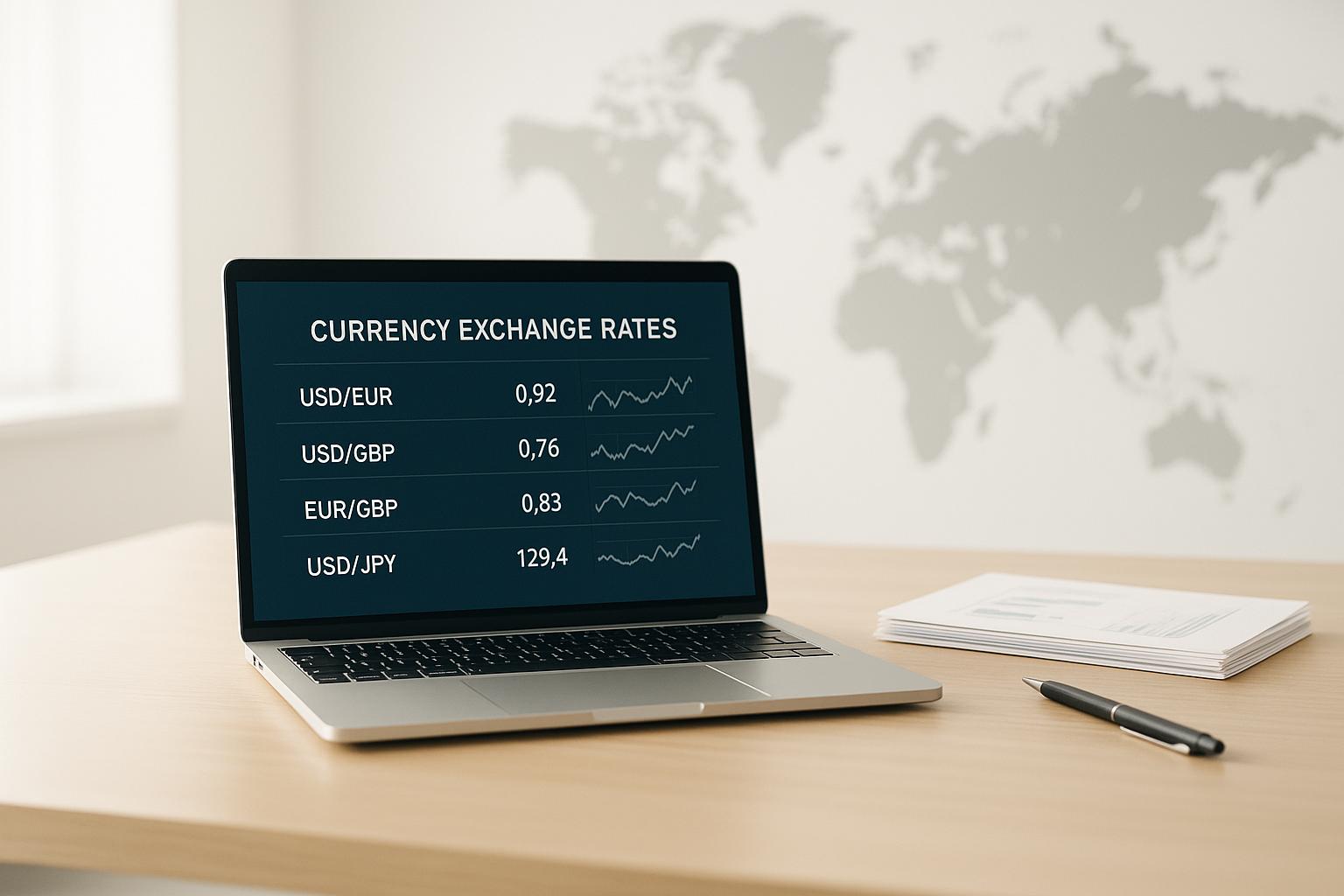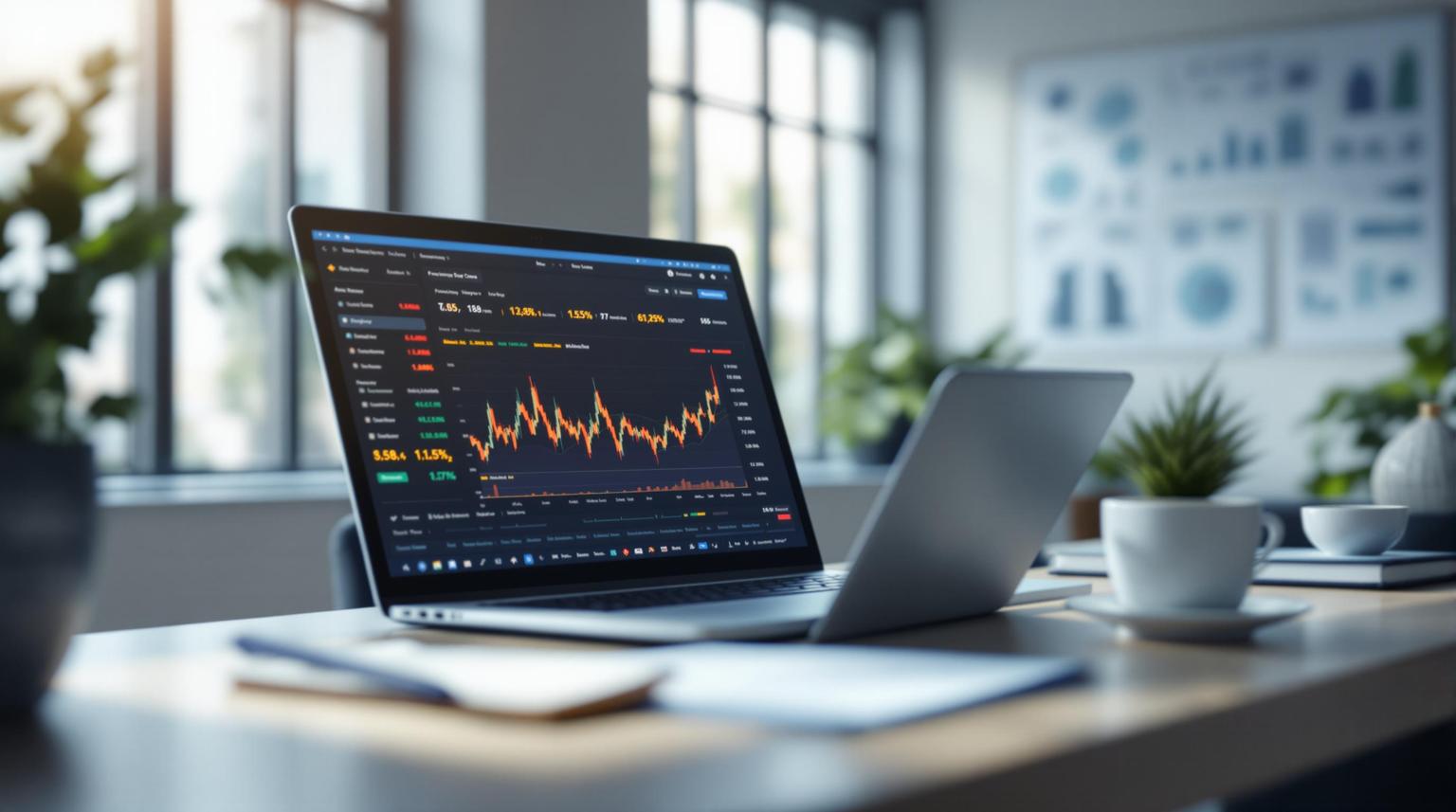Updated on 05-Nov-2024
4-minute read
The last few years have presented incredible challenges for all businesses. Lockdowns caused retail footfall to flatline, worker sickness incurred broad staffing shortages, and squeezed global supply-chains have pushed prices higher. In 2024, the interest rate environment is changing, global elections are causing uncertainty, and currency market volatility has risen.
But it's not all bad: companies have been forced to embrace digital transformation at a greatly accelerated speed, customers are spending more time and money online, and brands are increasingly aware of the benefits of a robust and well-designed digital presence.
2025 will bring major challenges in client acquisition, evolving privacy regulations, the integration and adoption of AI, and creating engaging content in a saturated space. Thankfully, inflation, which affects your business directly and possibly the budgets of your clients and prospects, has eased, but its effects are still being felt.
With this backdrop, you could probably do without adding currency risk to the mix, but it's there and it could cause you more than a headache.
How might currency risk occur in my business?
It's likely that you're a growing business with large, international clients, and you deliver high quality projects over a series of long-term milestones. Maybe you have overseas offices, and probably your payments in- and out of your business aren't all in pounds...
Do you recognise your business in any of the following six statements?
1. Your clients are big, global brands...
- Big brands dictate payment terms and may want to pay in their home currency
- Ensuring you realise your target margin in sterling is imperative
2. You win significant, long-term projects
- With staged payments, often in a foreign currency
- The pound's value against this currency will change over time, impacting your profit
3. You've opened offices overseas
- Offices require funding, usually in their local currency
- Once they start to generate revenue, your currency exposure changes
4. You're growing quickly
- Cash liquidity is critical; you can't afford hits to cash-flow
- Managing your margin across new clients, geographies, and currencies is difficult
5. You have a few major clients
- Creating concentration risk, placing greater significance on protecting profits
- Meaning losing one client would materially impact the business
6. You're busy doing amazing work
- You don't have your eye on the currency market (which is fair enough!)
- You might not be aware of the potential risk of foreign exchange rate volatility
- You may not know the pros and cons of different currency hedging products
Should I be worried about exchange rate risk?
In short, yes. Currency volatility has been relatively low in the past few years (don't mention the Turkish Lira), mainly due to low inflation and interest rates, and an enormous provision of liquidity from central banks.
The market for treasuries has exhibited higher volatility recently, but currency markets have yet to wake up. This might not last forever!
As we move out of the period of high global interest rates and to a more normal environment, we may see greater swings in exchange rates as central bank policy changes divert from one another. Businesses trading internationally should prepare for currency volatility to lift from recent lows and ensure their business is properly protected
Harry Mills, Oku Markets Director
The pound swung by 27% vs the US dollar in the last five years! That's a huge trading range, maybe not an outlier for FX, but it's still fairly alarming to consider how the sterling-equivalent of a project billed in dollars, or the cost of running an office abroad, could have changed across the past few years years.
What can I do about it?
There are very simple measures you can take to protect your business, but they will be unique to your particular situation and objectives. You can start the work yourself by following this checklist:
- Business goals: understand your objectives
- Determine risks: your main sources and causes of risk
- Quantify impact: the consequences, within reasonable accuracy
- Decide next steps: if, when, and how to take action to reduce risk

Oku Markets can help...
If you'd like expert assistance from qualified professionals, then contact Oku Markets by writing to info@okumarkets.com or calling 0203 838 0250.
We offer a full suite of currency risk management tools and services, our pricing is transparent and fair, and we value long-term relationships built on trust and honesty.
Frequently Asked Questions
1. What are the three types of FX risk?
- The three types of foreign exchange (FX) risk are transaction risk, translation risk, and economic risk. Transaction risk arises from the effect of exchange rate movements on a company’s obligations to make or receive payments in foreign currency. Translation risk occurs when a company’s financial statements are consolidated from foreign subsidiaries. Economic risk, also known as operating exposure, refers to the impact of exchange rate fluctuations on a company’s future cash flows and market value.
2. How do you calculate FX risk?
- FX risk can be calculated using various methods, but a common approach is to measure the Value at Risk (VaR). VaR estimates the potential loss in value of a portfolio over a defined period for a given confidence interval. For example, a 1-day VaR at 99% confidence level can be calculated as:1-day VaR=daily standard deviation×2.331-day VaR=daily standard deviation×2.33This formula assumes a normal distribution of returns. Read more here: https://okumarkets.com/blog/var/
3. What is FX transaction risk?
- FX transaction risk is the risk that exchange rate fluctuations will affect the value of a company’s financial transactions denominated in foreign currencies. This risk arises from the time lag between entering into a contract and settling it. For example, if a company agrees to pay a supplier in a foreign currency in the future, any adverse movement in the exchange rate could increase the cost of the transaction.


